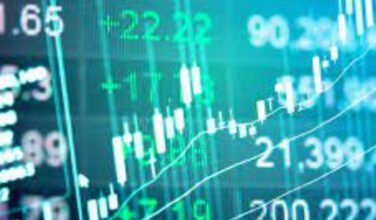$XOM $CVX #CrudeOil #TankerRates #OilMarket #Geopolitics #FreightRates #EnergySector #Investing #OilPrices #SupplyChain #EconomicTrends
Why Are Crude Tanker Rates Soaring and What It Means for Oil Prices?
Crude news is highlighting a significant uptick in crude tanker activity, as freight rates soar across various segments. In mid-October, data revealed that total crude and condensate in transit reached 1.31 million barrels per day. This figure marks the highest level seen in over five years, reminiscent of the pandemic-era floating storage boom in May 2020.
The primary driver of this surge is not the typical supply-and-demand dynamics that usually govern oil markets. Instead, geopolitical disruptions are at play, particularly the delays in the delivery of sanctioned oil cargoes destined for China. These disruptions have prompted analysts to reevaluate the landscape of crude shipping, shedding light on the complexities that influence tanker rates.
The Geopolitical Landscape Shaping Crude Tanker Rates
Geopolitical tensions have escalated, most notably impacting oil supply chains. Sanctions on specific oil-producing nations have created a ripple effect, leading to delays and increased shipping times. As countries navigate these turbulent waters, the conventional supply-demand model becomes less relevant. Investors and companies alike are now closely monitoring geopolitical developments, as they directly influence freight rates and, subsequently, oil prices.
For instance, the ongoing tensions in the Middle East and Eastern Europe have prompted traders to seek alternative routes and suppliers. Consequently, the current environment has become fraught with uncertainty, pushing shipping costs higher. This situation is further compounded by the limited availability of vessels, as many tankers are already engaged in transporting oil elsewhere.
What This Means for Oil Prices and Investors
The soaring crude tanker rates have significant implications for the broader oil market. Higher shipping costs typically translate to increased oil prices, as suppliers pass these costs onto consumers. Investors should be wary of how these dynamics unfold, as they can affect not only crude prices but also the overall energy sector.
Moreover, companies involved in oil production and shipping may experience varying impacts based on their operational strategies and geographic exposure. For example, firms with diversified supply chains may navigate this environment more adeptly, while those heavily reliant on specific routes could face substantial challenges.
Conclusion: Navigating a Complex Oil Market
In summary, the recent surge in crude tanker rates reflects a complex interplay of geopolitical factors and market dynamics. As oil in transit hits its highest level since 2020, market participants must remain vigilant. Understanding these trends is essential for navigating the evolving landscape of oil prices and making informed investment decisions.
For more insights into the stock market and its correlations with geopolitical events, check out our stock articles. Additionally, if you’re interested in the cryptocurrency market and its intersection with traditional finance, explore our crypto news.
To capitalize on the evolving energy market, consider diversifying your investment portfolio. Engaging with platforms like Binance can provide access to a range of investment opportunities that could be advantageous in this dynamic environment.







Comments are closed.